Crystals in Art Competition 2024 is now open!
See the 2023 submissions!Competition Rules
1. Register for BACG 2024. You can submit before registration is open.
2. Share a link of your picture to office@bacg.co.uk.
3. The type of content has no limitations, as long as you include your crystals, edited or not! Just make sure you provide us with the link(s) of up to two of your images Title, Description, and Method of imaging.
4. Deadline: June 15th 2024
5. Ensure you print your image in A5 size at least and bring it with you along with the details (title, description and method of imaging) to be displayed at the conference.
6. By submitting, you allow BACG to use your images in the BACG website, newsletters and social media. (Usually done to show off how amazing crystallisation is!)
Crystals in Art 2023 Competition Winners
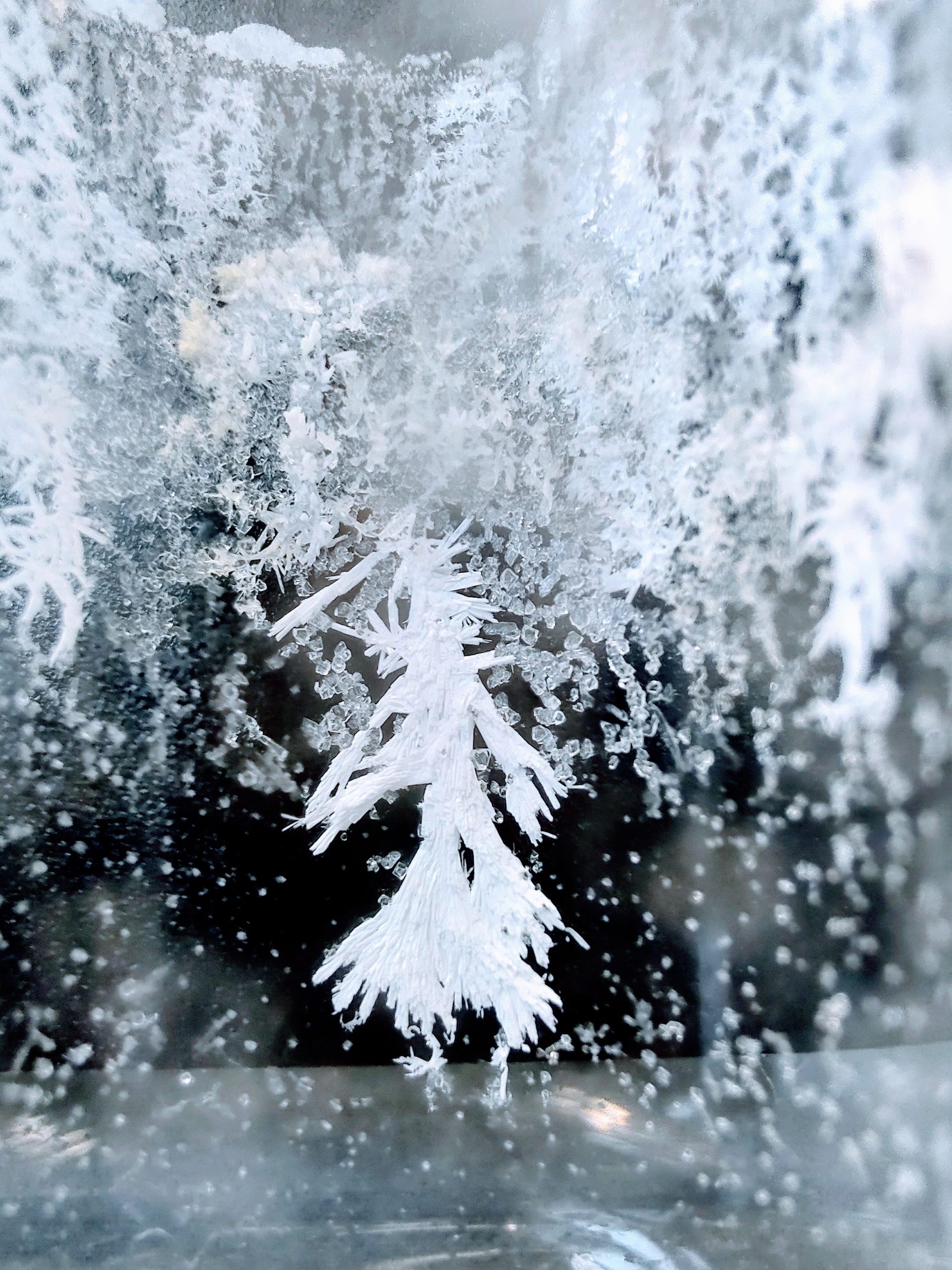
Jack Frost Crystals
1st Prize
Contestant: Mariana Diniz
Description:The picture submitted showcases a vial after a solubility experiment, in which a known amount of griseofulvin in acetonitrile solution was left to evaporate at room temperature. Upon solvent evaporation, the griseofulvin crystallised in a shape that resembles Jack Frost, the famous personification of frost, ice, snow, winter, and freezing cold. He is held responsible for frosty weather, and leaving fern-like patterns on cold windows in winter… Just as we can see in the image submitted.
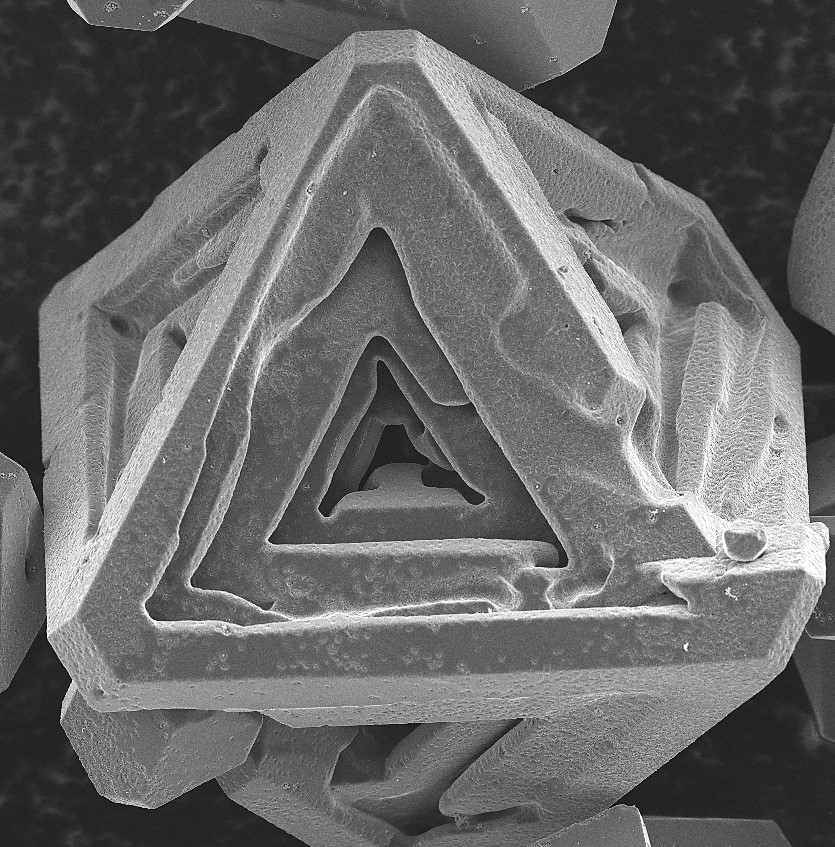
Cave in the Crystal
2nd Prize
Contestant: Josia Tonn
Description: These crystals are a scandium fluoride salt and have been produced from antisolvent crystallization. To achieve crystal growth, specific operational parameters were necessary. In this case the conditions for crystal growth have been a little too good, so that the edges grew faster than the inside. The phenomenon is called hopper crystal. The rare earth scandium is incorporated in a (NH4)3ScF6 structure and is recovered from hydrometallurgical waste stream of aluminium production.
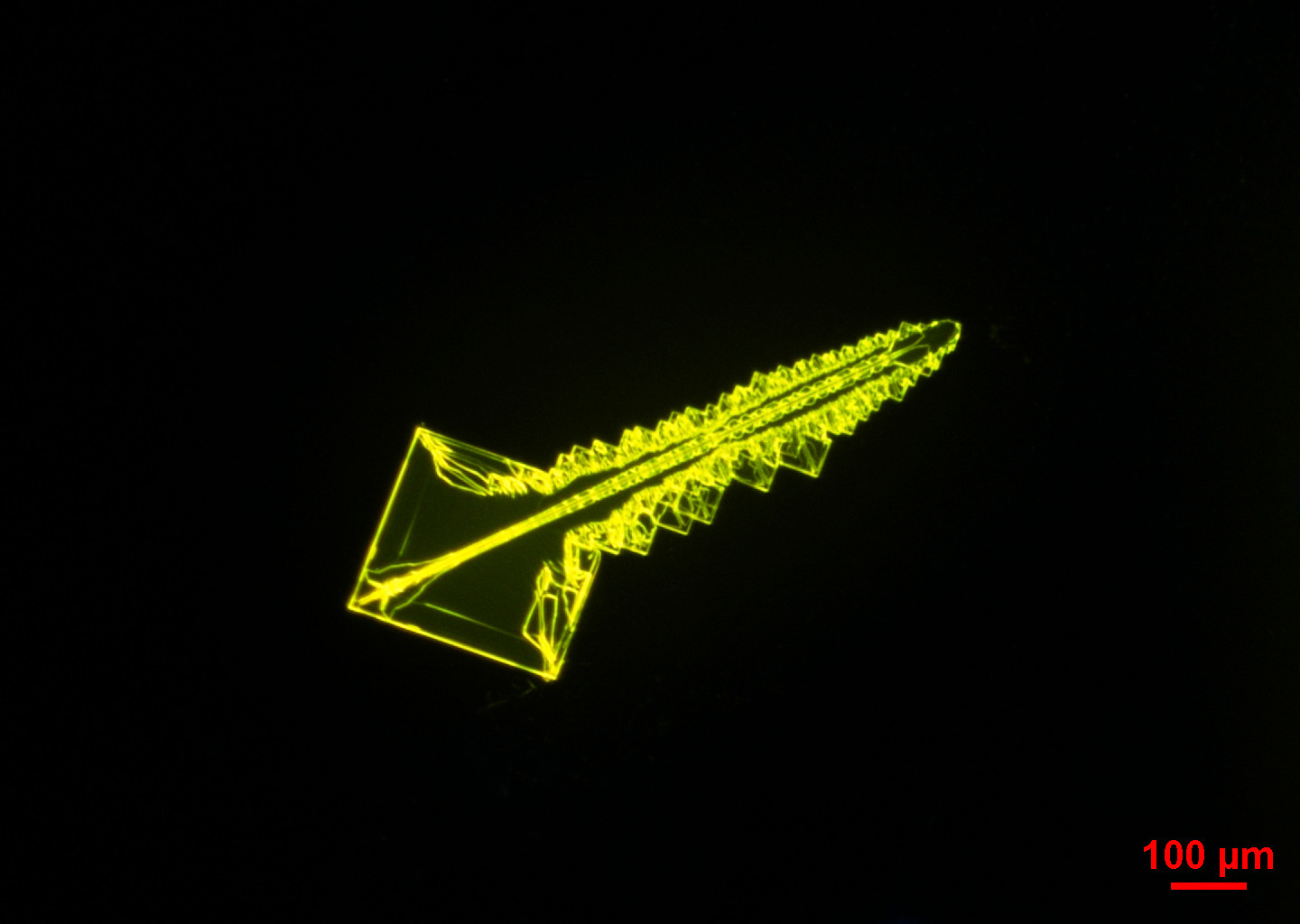
The Key to the Crystalline World
3rd Prize
Contestant: Xin Su
Description: These are the crystals of Perylene, which look like a key. We call it 'The key to the crystalline world'. It grows via sublimation crystallization method, and it is the polycrystal not a single crystal.
Crystals in Art 2022 Competition Winners
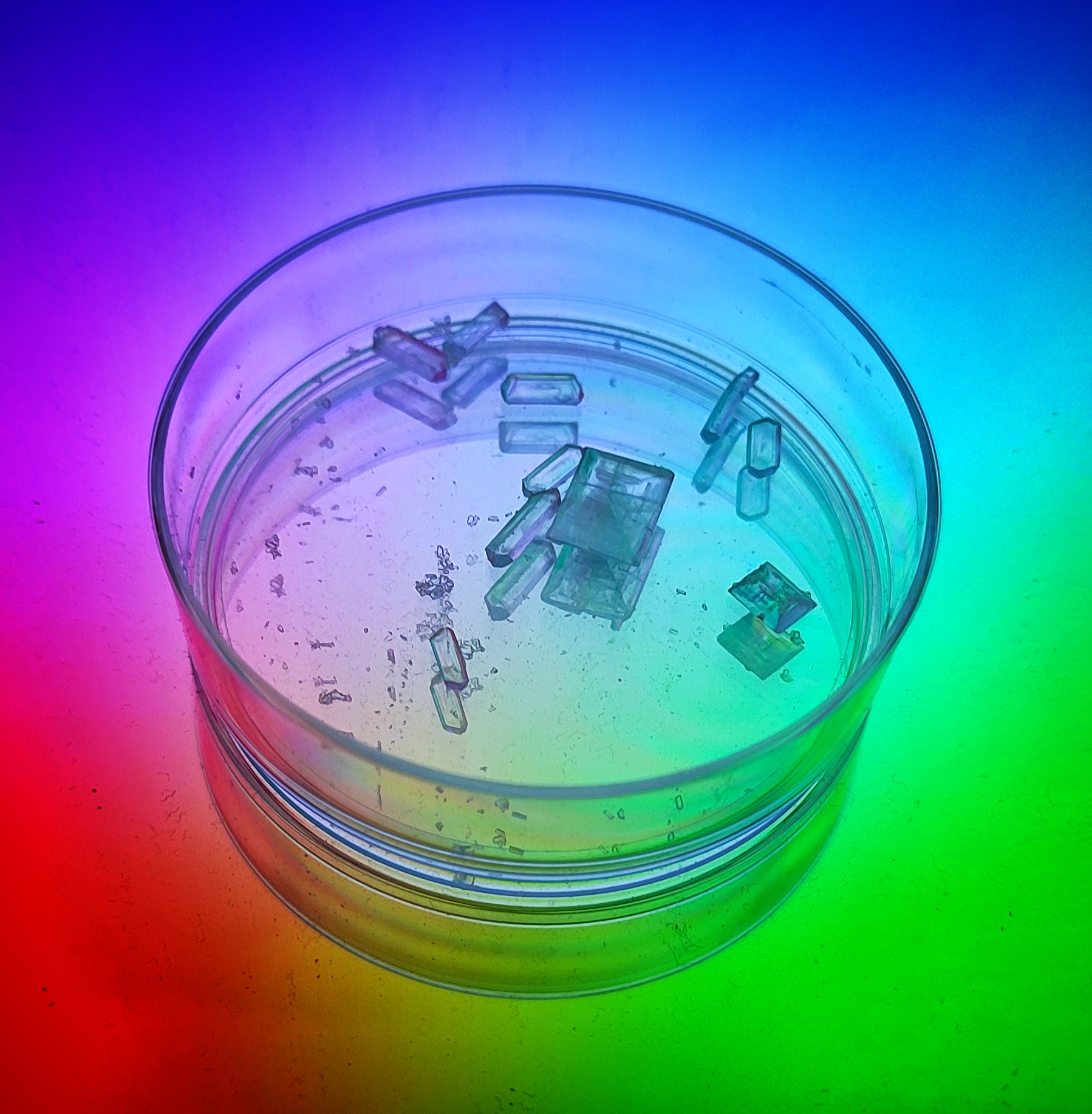
Pride Crystals
1st Prize
Entry: #7
Contestant: Krishna Hari
Affiliation: University of Limerick
Object Imaged: L-alanine and trans-4-hydroxy proline crystals
Conditions: Slow evapouration
Image taken with: Phone camera
Description: Like humans, crystals come in different shapes, styles and are unique. The background of the picture hints at the birefringent properties of these crystals and coincidentally is the pride LGBTQ+ flag. The rainbow colours highlight the diversity of crystals, and of people.
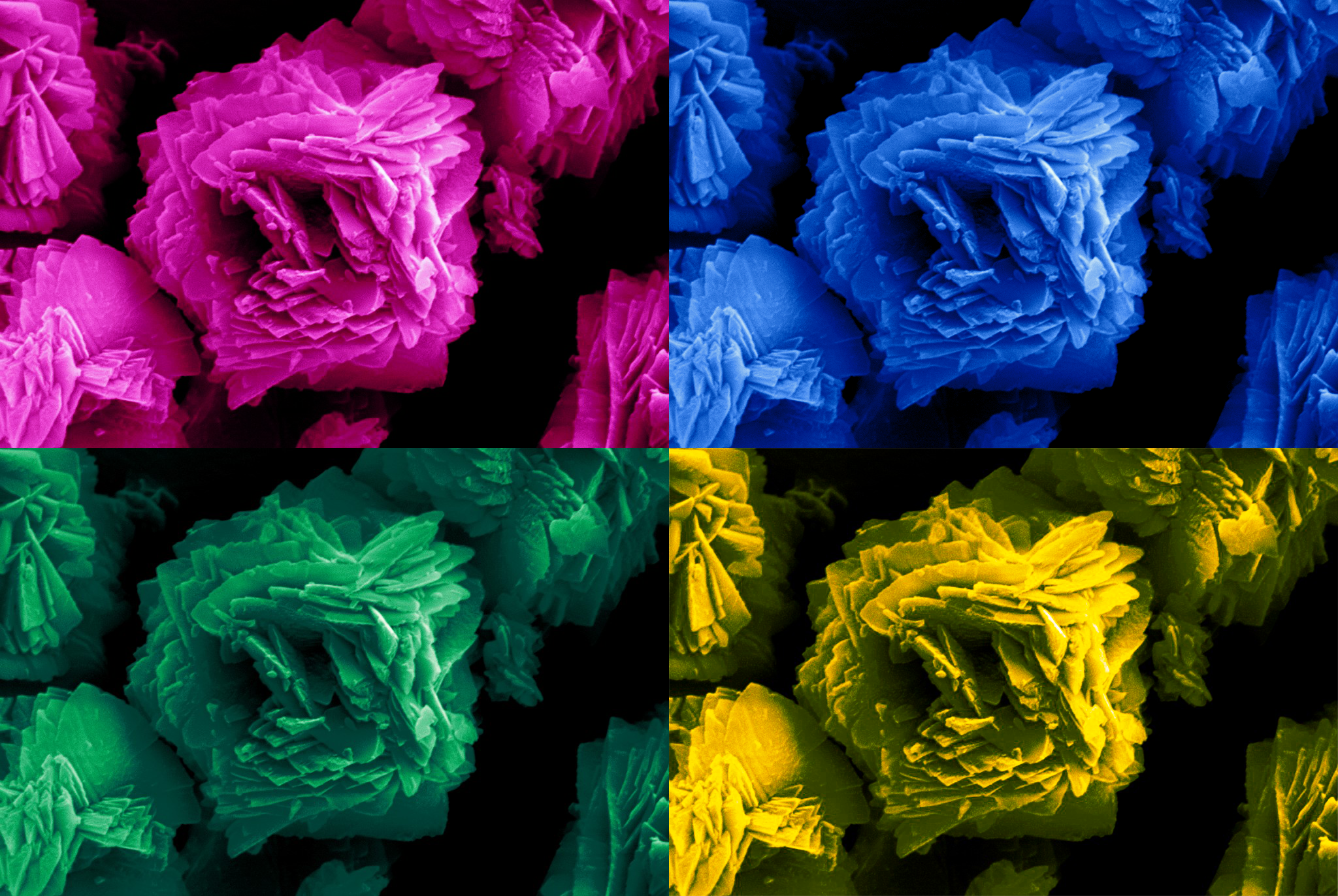
Spherulites in technicolours
2nd shared Prize
Entry: #4 (2nd Prize)
Contestant: Paolo Lucaioli
Affiliation: Thermo Fisher Scientific Cork (Ireland)
Object Imaged: Pharmaceutical Active Ingredient (no name available for confidentiality reasons)
Conditions: Confidential
Image taken with: Scanning Electron Microscopy (SEM) with Secondary Electron (SE) detector. The original image was then elaborated with Photoshop.
Description: It is well known that crystallisation is often regarded as more of an art than a science. If this "questionable" definition might be justified by the difficulties encountered during the development of some crystallisation processes, it is indeed correct to say that crystals can be considered real artworks. For this reason, I decided to present this artistic interpretation of an extremely eye-catching image acquired with a Scanning Electron Microscope (SEM), inspired by Andy Warhol's series of technicolour silkscreens titled "Flowers". The original image was taken during a wide physical properties characterisation of an active ingredient that encountered issues during the formulation stage.
The crystalline particle shows a rose-like morphology known as "spherulite". This habit is often found in nature and is represented by radial distribution of crystals (in this case plate-like primary particles) generating a complex structure, rich in pores and cavities. The relative dimensions of the spherulites strongly affect many physical properties, such as specific surface area, bulk density, compactibility, etc. Variation of these properties translate to downstream effects that can impact both the manufacturing process (e.g. powder transfer, filtration, tableting, etc.) and the performance of the API (e.g. stability, dissolution, bioavailability, etc.).
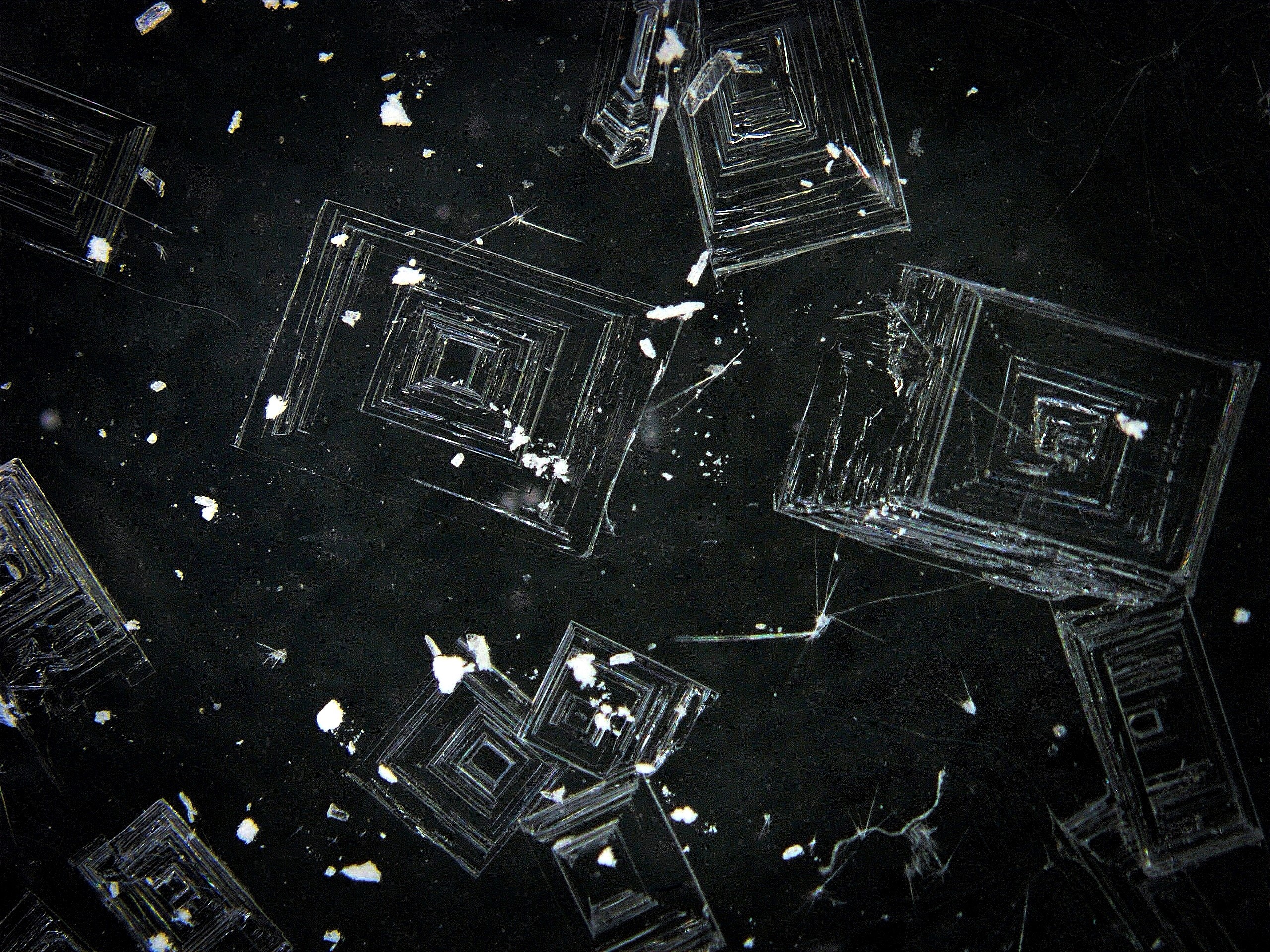
Colour of Life
2nd shared Prize
Entry: #9
Contestant: Lihong Jia
Affiliation: Tianjin University
Object Imaged: Aspirin
Conditions: The saturated solution of aspirin in isopropanol was evaporated for one week at room temperature.
Image taken with: Stereomicroscope
Crystals in Art 2020 Competition Winners
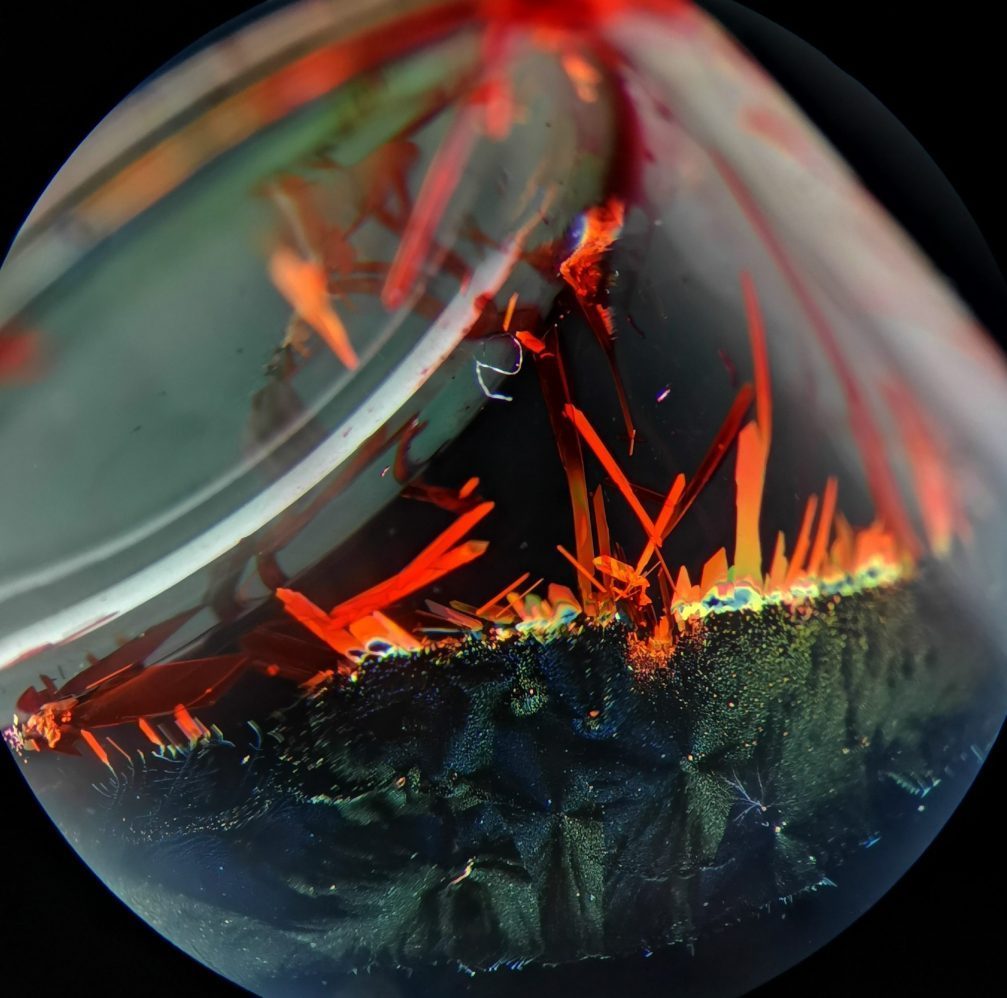
Sunrise Swords on the Frozen Lake
Entry: #4248 (1st Prize)
Contestant: Sean William Connolly
Affiliation: University of Kent
Object Imaged: Organic crystal of a Donor-Acceptor Stenhouse Adduct molecule
Conditions: Crystallised from Chloroform
Image taken with: Phone camera looking down microscope lens
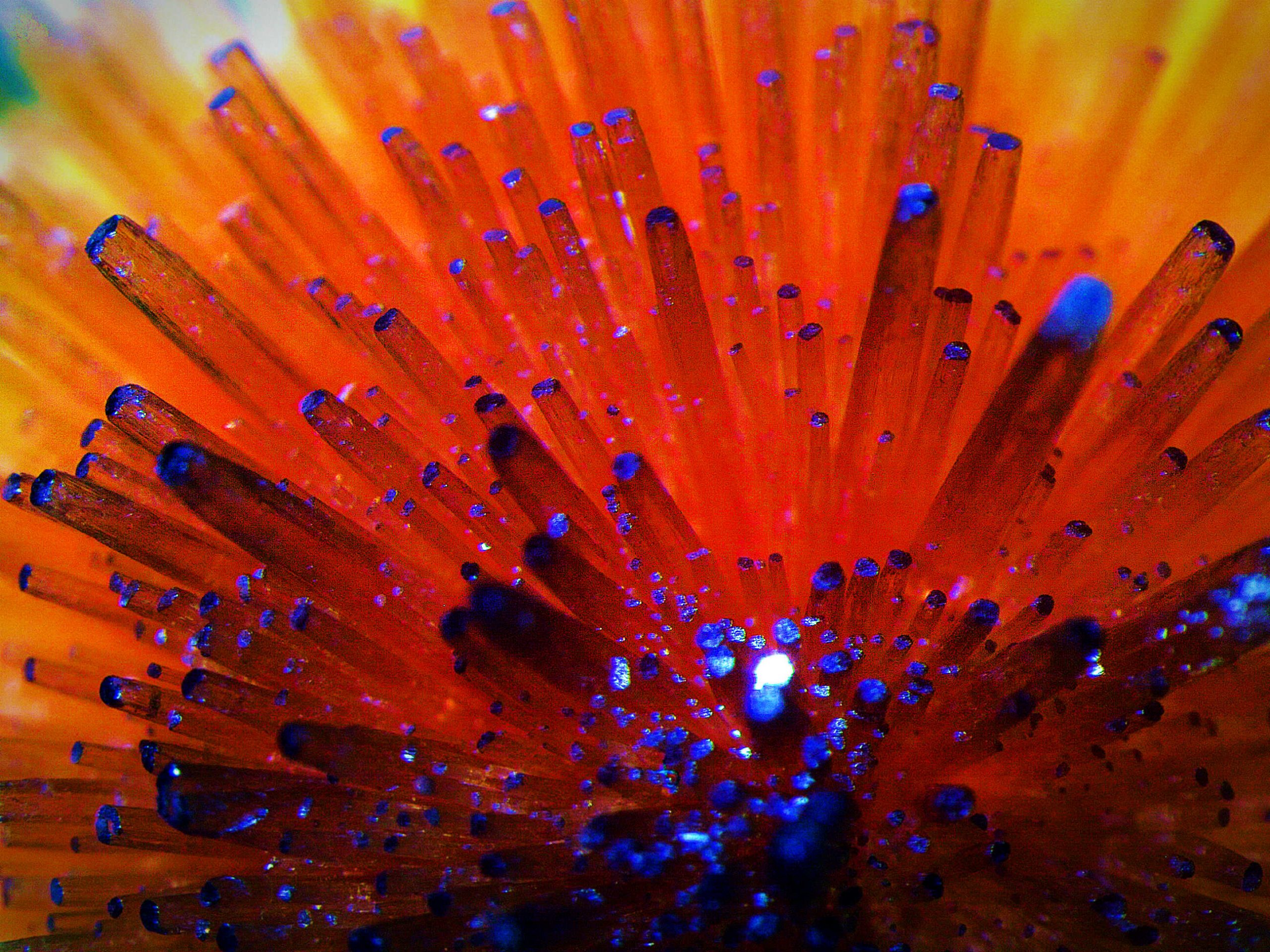
Skyscrapers
Entry: #4272 (2nd Prize)
Contestant: Shiqiang Wang
Affiliation: University of Limerick
Object Imaged: A coordination polymer or metal-organic framework crystallized for 1.5 years!
Conditions: The solution was heated at around 100 degree C for 1 day and then filtered to a new vial. The vial was left still for 1.5 years.
Image taken with: Microscope; MeiTu software
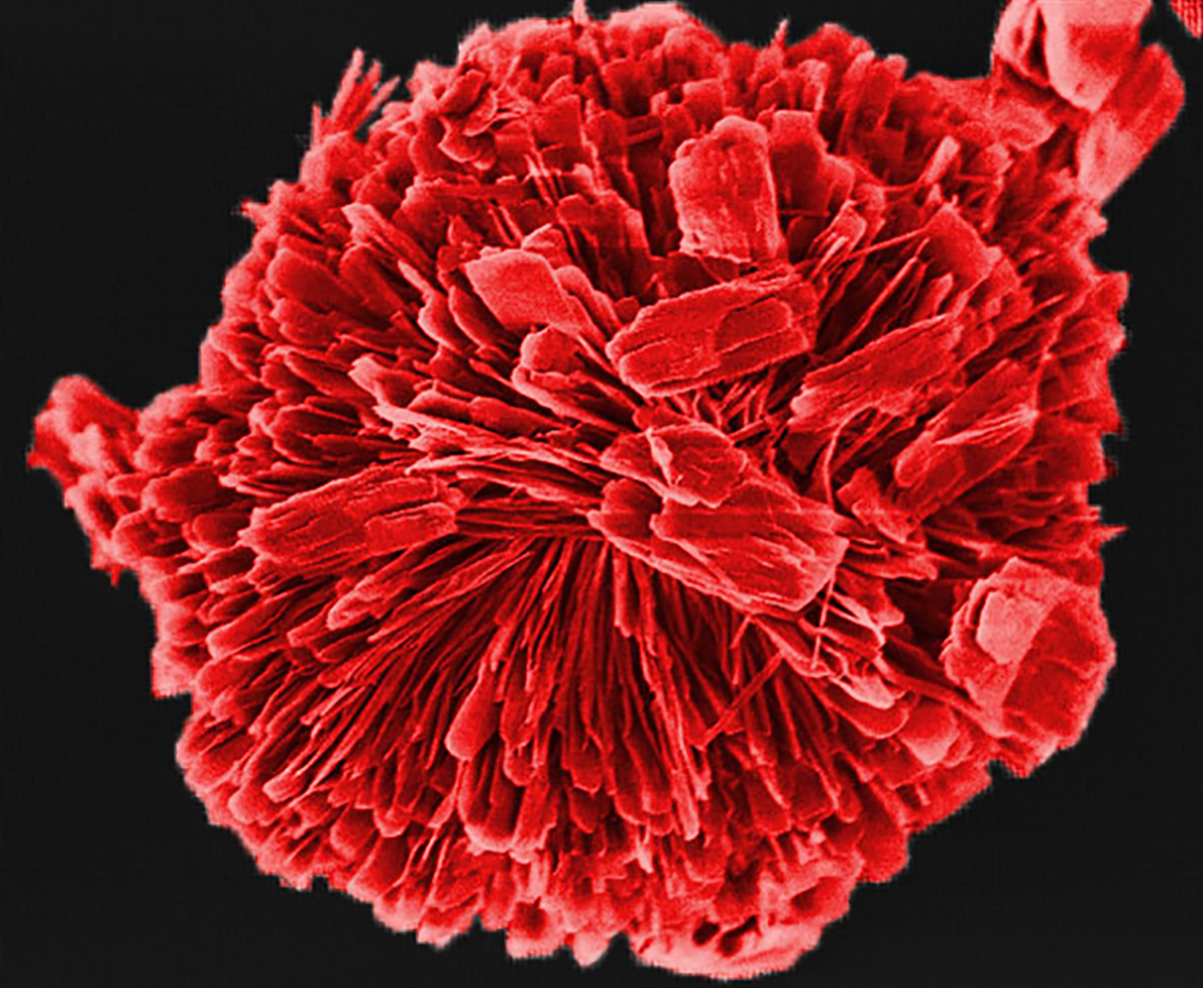
Colour of Life
Entry: #4206 (3rd Prize)
Contestant: Rajshree Chakrabarti
Affiliation: University of Houston
Object Imaged: Protoporphyrin IX
Conditions: Crystallised from butanol
Image taken with: Scanning Electron Microscope
